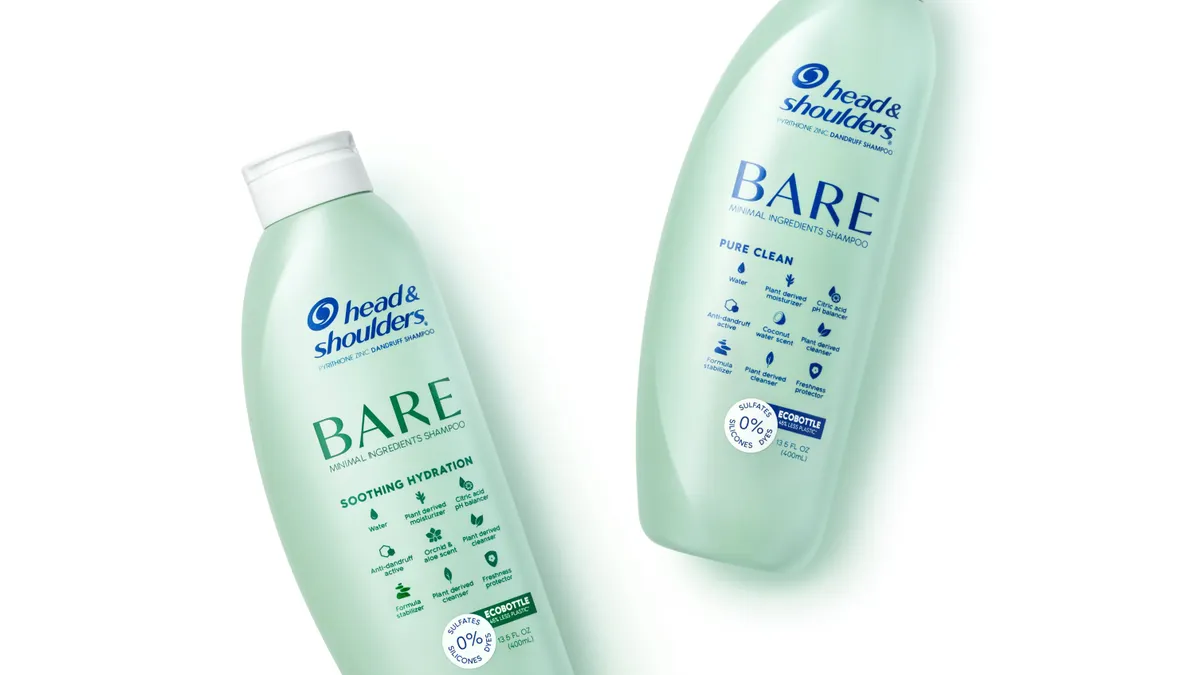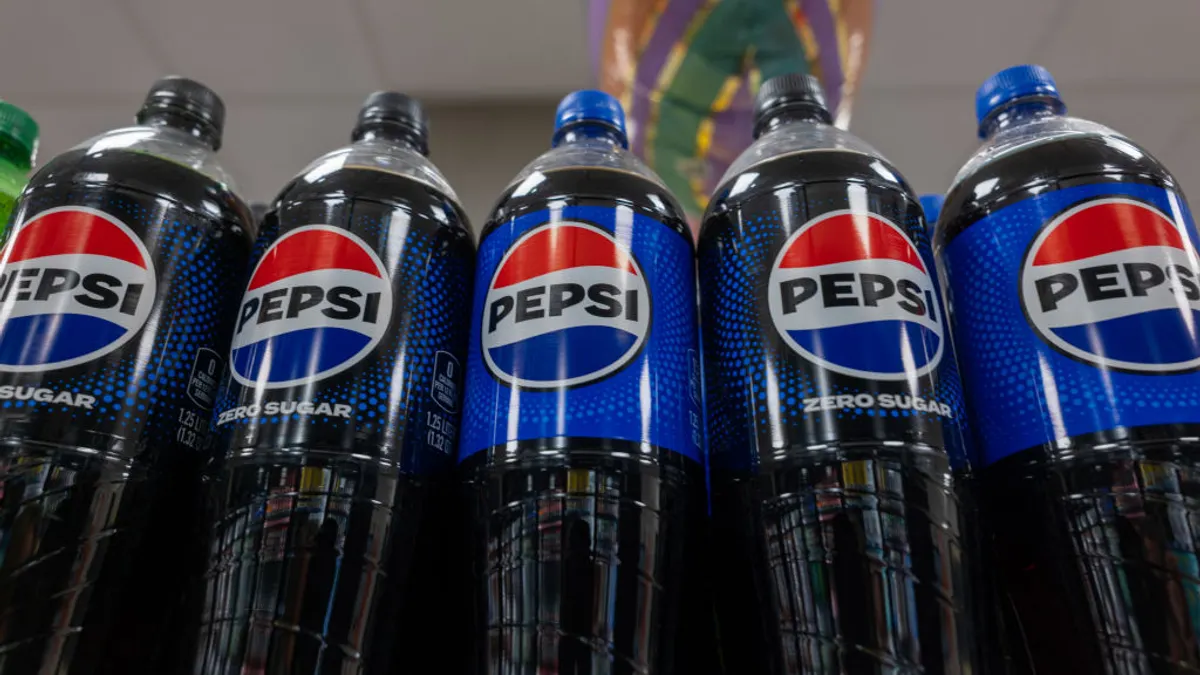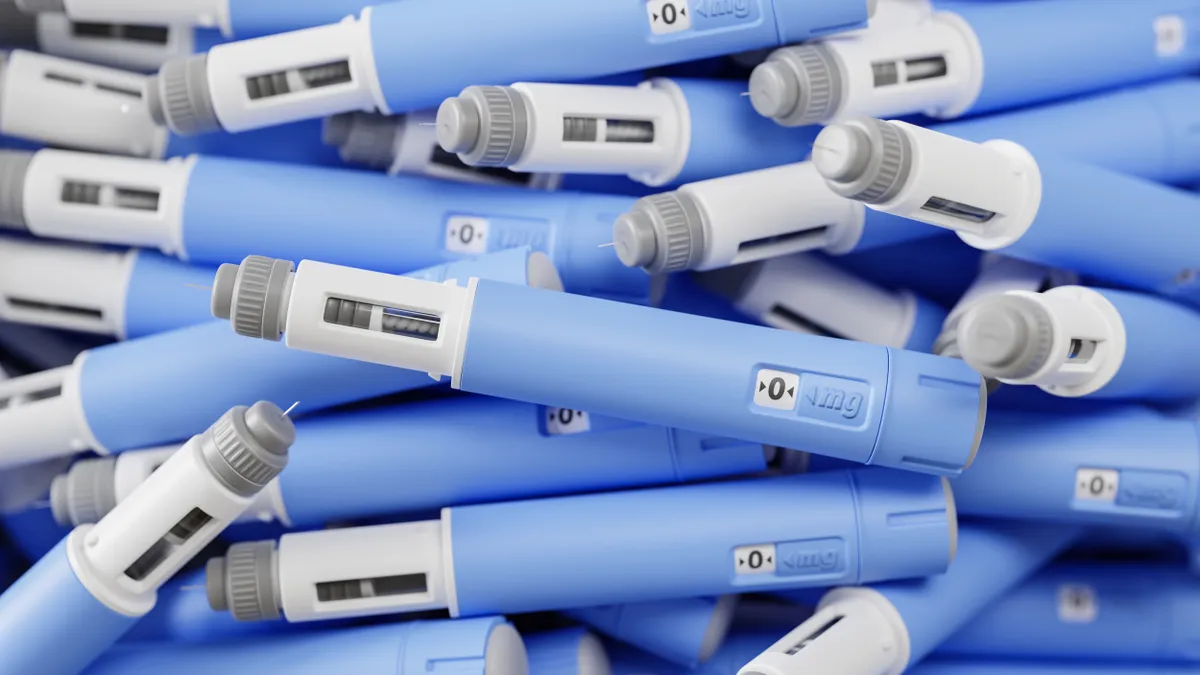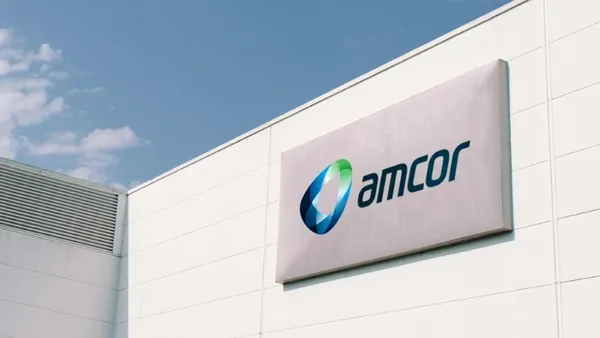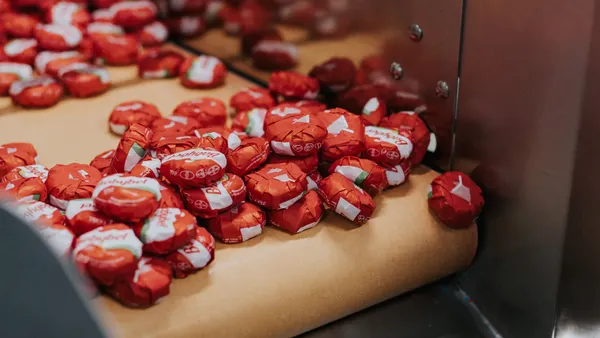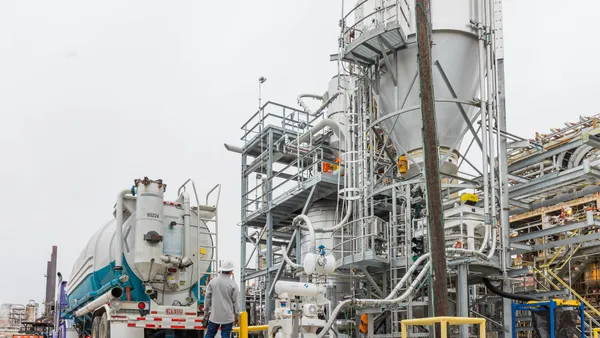Procter & Gamble shareholders this week voted against a resolution requesting additional reporting on plastic packaging, the company reported Thursday. Advocacy group As You Sow filed a proposal in April seeking a report on flexible packaging. About 14% were in favor, out of those voting for or against.
As You Sow called on the CPG to assess risks from using non-recyclable plastic packaging and look into further opportunities in reuse. Nearly half (49%) of the resin used in P&G packaging is PE, while PET and PP each make up 22% of the portfolio.
P&G rebutted the proposal in its August proxy, noting the company’s existing packaging sustainability efforts and describing flexible plastic packaging’s “key role in product protection and safety,” as well as flexible plastics’ potential to provide refillable product models. Flexibles have been an area of focus for As You Sow at other companies, and are also receiving additional attention in the context of emerging extended producer responsibility laws.
The Cincinnati-based home and personal care product specialist has acknowledged challenges with flexibles. In August, the company issued a progress report regarding its 2030 sustainability goals, touting an increase in consumer packaging designed to be recyclable or reusable from 55% in 2020 to 80% in the fiscal year that ended March 31, 2024. Its target for 100% recyclable or reusable packaging by 2030 dates back to 2018.
But the company noted that a small percentage — in the low single-digits — of its packaging will lack a solution in time for 2030. “The remaining industry-wide challenges for items such as small size packaging (less than 2 inches x 2 inches) and flexible packaging will require advancement of feasible, at-scale solutions that are not in place today and may not be by 2030,” the company said in August. P&G says it’s continuing to participate in industrywide groups addressing these issues.
P&G has also been working to reduce its virgin plastic use. Specifically, the company has a goal of reducing virgin plastic in consumer packaging by 50% per unit of production versus a 2017 baseline, clocking its most recent progress at 21%. P&G said it’s on track to hit that 2030 goal through its “multi-faceted strategy that includes lighter packaging, increased use of recycled materials, and increasing use of plastic alternatives.” P&G most recently reported that 17% of its overall 691,000 metric tons of resin were recycled.
Some of P&G’s packaging innovations with refill systems or 100% recycled content have been more common in Europe. But changes have popped up in the U.S. in recent wells as well. Other examples that P&G resurfaced this week include moving some DayQuil and NyQuil out of blister packs and into small recyclable bottles, certain transitions to “consumer-preferred paper packaging” for Gillette and Venus razor products, and a lighter shampoo bottle with 45% less plastic for its sulfate, silicone and dye-free Head & Shoulders Bare product.
P&G has essentially hit its paper packaging goals. The company has a goal of ensuring all of the paper packaging it sources — including corrugate folding cartons, displays and paper labels — is either recycled or third-party certified virgin content. Over 99% has met that threshold, the company reported.
Correction: A previous version of this story misstated the level of shareholder support for As You Sow’s resolution. Out of votes recorded for and against the proposal, 13.9% were in favor.


